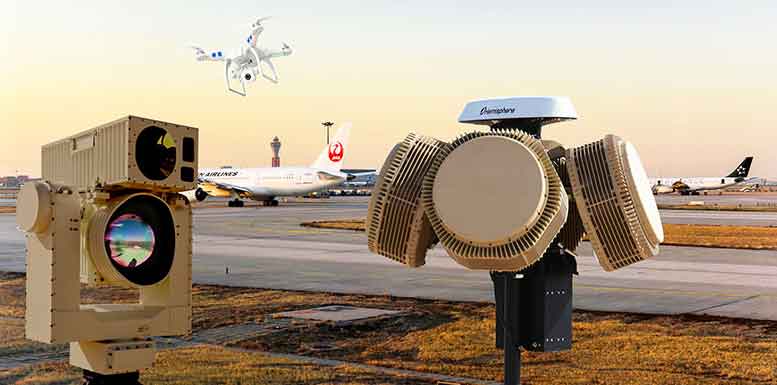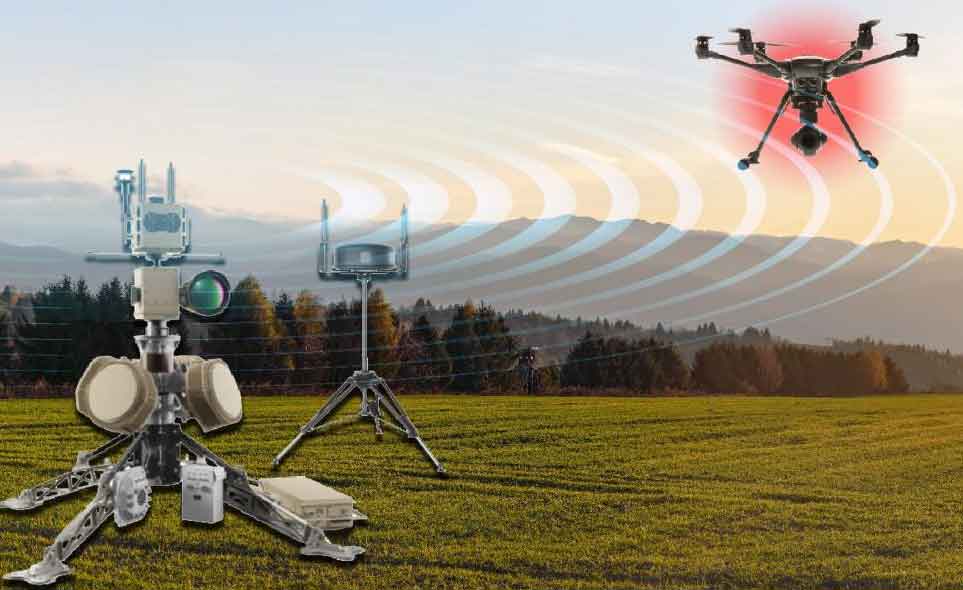Airport anti drone system in Bangladesh
As drone innovation turns out to be increasingly reasonable and open, the danger presented by maverick drones to airports has turned into a huge concern around the world. Bangladesh is no exemption, and the country’s specialists have done whatever it may take to address this danger by implementing anti-drone systems at its airports. In this article, we will investigate the different parts of airport anti drone system in Bangladesh and how they assist with protecting airports from the perils presented by drones.

Introduction of anti drone system
Automated ethereal vehicles (UAVs), generally known as drones, have turned into a famous device for devotees, picture takers, and businesses the same. Be that as it may, they likewise represent a huge security danger to different basic infrastructures, including airports. The intrusion of drones into airport airspace could cause serious harm and possibly horrendous results, like impacts with business airplane, unapproved observation, and smuggling.
Bangladesh has seen an increase in drone incidents throughout the course of recent years. To counter this, the Common Flight Authority of Bangladesh (CAAB) has installed airport anti-drone systems at its airports. These systems utilize different advancements to identify and kill rebel drones, ensuring the wellbeing and security of travelers and airport staff.
In this article, we will investigate the various parts of airport anti-drone systems in Bangladesh and how they capability.

Detection Systems
The main part of an airport anti-drone system is the detection system. These systems utilize different advancements to recognize the presence of maverick drones in the airport’s airspace. In Bangladesh, the most widely recognized innovation utilized is the radio recurrence (RF) detection system. This system works by scanning the recurrence bands utilized by drones and identifying their exceptional marks.
The RF detection system comprises of a progression of sensors put at key areas around the airport. These sensors continuously filter the airspace for any signs that match the mark of a drone. When a drone is recognized, the system sends a caution to the control tower, triggering the following phase of the anti-drone system.
Neutralization Systems
When a maverick drone is distinguished, the following part of the airport anti-drone system comes into activity: the neutralization system. The neutralization system utilizes different strategies to debilitate or kill the drone’s abilities.
In Bangladesh, the most widely recognized neutralization innovation utilized is the jamming system. This system works by transmitting radio transmissions at a similar recurrence as the drone, disrupting its control transmissions and causing it to let completely go or get back to its headquarters. The jamming system is conveyed by a specific group of administrators who are trained to securely handle the system.
One more neutralization innovation utilized in Bangladesh is the net-based system. This system utilizes a shot to send off a net at the drone, disabling its rotors and causing it to tumble to the ground. This system is often utilized in metropolitan conditions where the gamble of blow-back from jamming systems is high.
Legal System
The arrangement of airport anti-drone systems raises a few legal issues. In Bangladesh, the CAAB has fostered a legal system that oversees the utilization of anti-drone systems at airports. The legal system outlines the principles and guidelines for the utilization of anti-drone systems, including the reasonable techniques for neutralization and the results of unapproved drone movement.
The legal system likewise underlines the significance of balancing security worries with the protection and privileges of individuals. It gives guidelines on the utilization of anti-drone systems openly spaces and outlines the essential insurances to minimize the gamble of blow-back.
Training and Awareness
The progress of airport anti-drone systems additionally relies upon the training and awareness of airport faculty. In Bangladesh, the CAAB gives training to airport staff on the risks of maverick drones and the appropriate methodology for responding to drone incidents.
The training includes reenactments of drone incidents and the utilization of anti-drone systems to kill them. The CAAB additionally directs awareness missions to instruct.